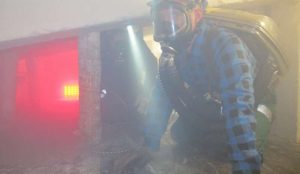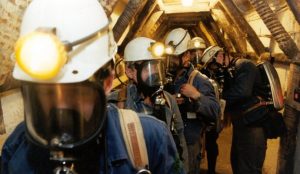Technical Objectives
The primary objective of this project is to research technologies and develop equipment that will permit information to be gathered and exchanged while planning, and during the execution of, a response to a serious incident in an underground coal mine that could jeopardise the lives of personnel in the mine and the future operability and profitability of the mine. Furthermore, this will be achieved even if the incident has rendered the mine’s operational power and communication networks inoperable.


